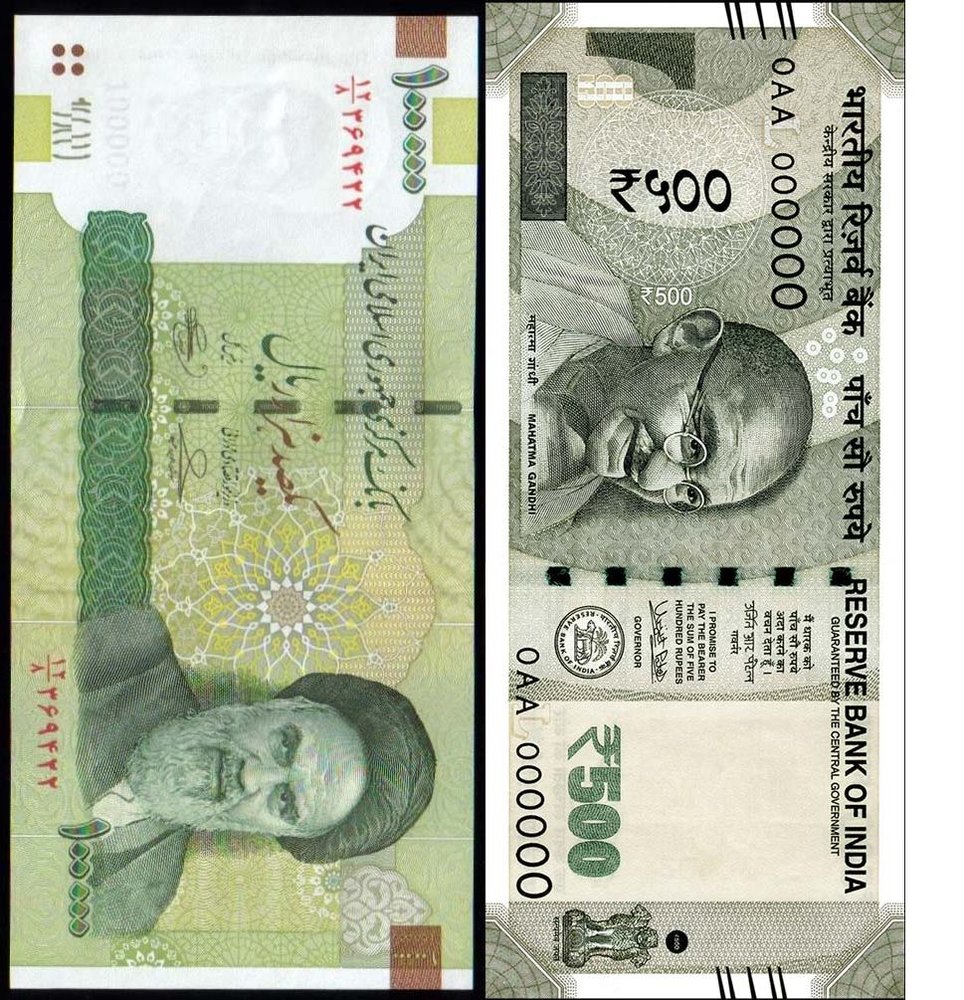India mulls rupee payment for Iran’s oil, to avoid U.S. sanctions

In a bid to avoid American economic sanctions on Iran, India is planning to revive a rupee trade mechanism to settle part of its oil payments to Iran, according to Indian government sources.
During Iranian President Hassan Rouhani’s historic visit to India in February, the two sides had agreed on ‘rupee-rial mechanism’ to evade banking problems caused by the U.S. sanctions.
“We are looking at reviving a rupee mechanism… we have to prepare ourselves,” a source told Reuters, adding that after meeting French, German and UK bankers, an Indian delegation found that it would be “almost impossible to use European banks for payment to Iran.”
“So far we don’t know what we are expected to do. We have not asked refiners to cut imports,” the source said, referring to the situation that is likely to arise when India’s oil imports from Iran could potentially be hit from August 2018.
During a meeting with her Iranian counterpart Javad Zarif late last month, Indian Foreign Minister Sushma Swaraj said her country would ignore U.S. economic sanctions against Iran and go ahead with the mutually agreed plan.
In the wake of new economic sanctions, Iran has been looking for alternative sources of financing its energy projects. According to Petroleum Minister Bijan Zanganeh, almost 75 percent of the $200 billion Iran needs for its oil and gas production were expected to come from foreign investments. The U.S. decision to quit the nuclear deal and re-impose sanctions on Iran have complicated matters.
Some sanctions take effect after a 90-day ‘wind-down’ period ending on August 6, and the other sanctions, mainly affecting the petroleum sector, come into force on November 4, after a 18—day period.
Now, Iran plans to issue bonds to fund its oil projects both in national and foreign currency-denominated bonds.
Iran remains India’s third-largest oil supplier, with both private and public Indian oil refiners heavily dependent on Iranian crude. Indian refiners bought a record 27.2 million tons of Iranian crude during the previous financial year, which ended in March 2018, marking a massive 114 percent jump.
Leave a Comment